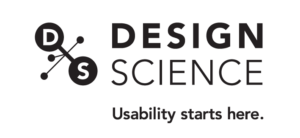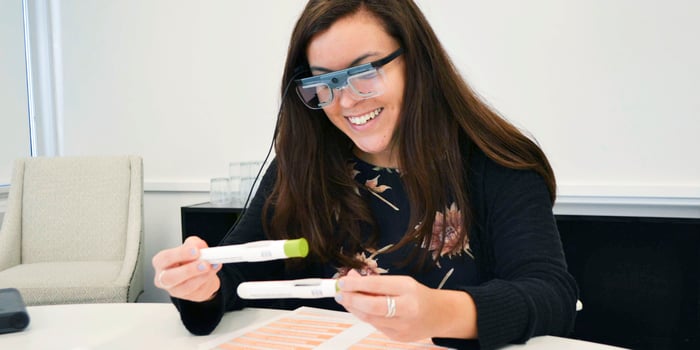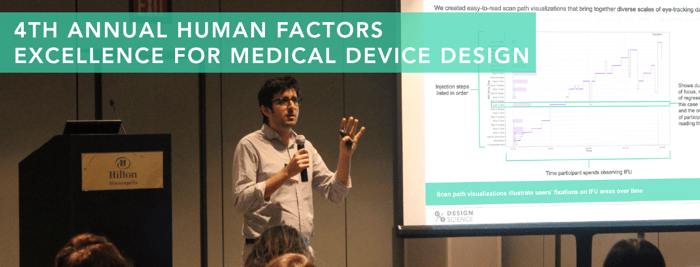Working on numerous eye tracking studies over the last two years, I feel I have gained the authority to say a word or two on eye tracking research. The research method is critical to our work at Design Science and has found itself to be ever more promising our clients and to us than ever before. Using eye tracking successfully in the field requires both a firm grasp on the theory and practical. Read more
eye tracking
EPIC 2018: An Exploration in Advancing Ethnographic Methods
/ in research , conference , ethnographic research , ethnography , eye tracking , hawaii , news , presentation / by Christina SIn October of 2018, Design Science presented at EPIC, the Ethnographic Praxis in Industry Conference. It’s the foremost organization representing qualitative researchers across healthcare, technology, and design. From around the globe, participants came together in Honolulu to discuss this year’s theme: evidence. As companies accumulate ever-larger data collections, information overload has. Read more
Design Science Attends 4th Annual Human Factors Excellence for Medical Device Design Conference
/ in conference , eye tracking , human factors , news / by Christina SAt the beginning of August, Design Science attended the 4th Annual Human Factors Excellence for Medical Device Design Conference in Minneapolis. Every year this conference attracts human factors and usability practitioners from around the world—ranging from global medical device and pharmaceutical companies to independent human factors engineering firms. Read more
HFES Presentation: Improving IFUs with Eye Tracking, Human Factors, and Design
/ in usability , eye tracking , healthcare , healthcare symposium , HFES , IFU , instructions for use , news , presentation / by Christina SAre you attending the 2016 International Symposium on Human Factors and Ergonomics in Health Care: Shaping the Future? If so, be sure to check out our presentation on how to improve your Instructions for Use (IFUs). Peter Sneeringer, Director of Human Factors, and Lindsay Carrabine, Design Director, will provide their first-hand perspectives on how to optimize the IFU creation process. Read more
MDO Article: The Value Of Eye-Tracking Software In Medical Device Usability Testing
/ in usability testing , eye tracking , human factors , MDO , meddeviceonline , medical product design , news / by Christina SWhen conducting usability testing, moderators rely heavily upon observations and interviews in order to evaluate medical devices. However, as Data & Systems Analyst Mahajabin Rahman points out in Design Science’s most recent article for MedDeviceOnline, the use of eye-tracking software can support these methods with objective, real-time data. Read more



